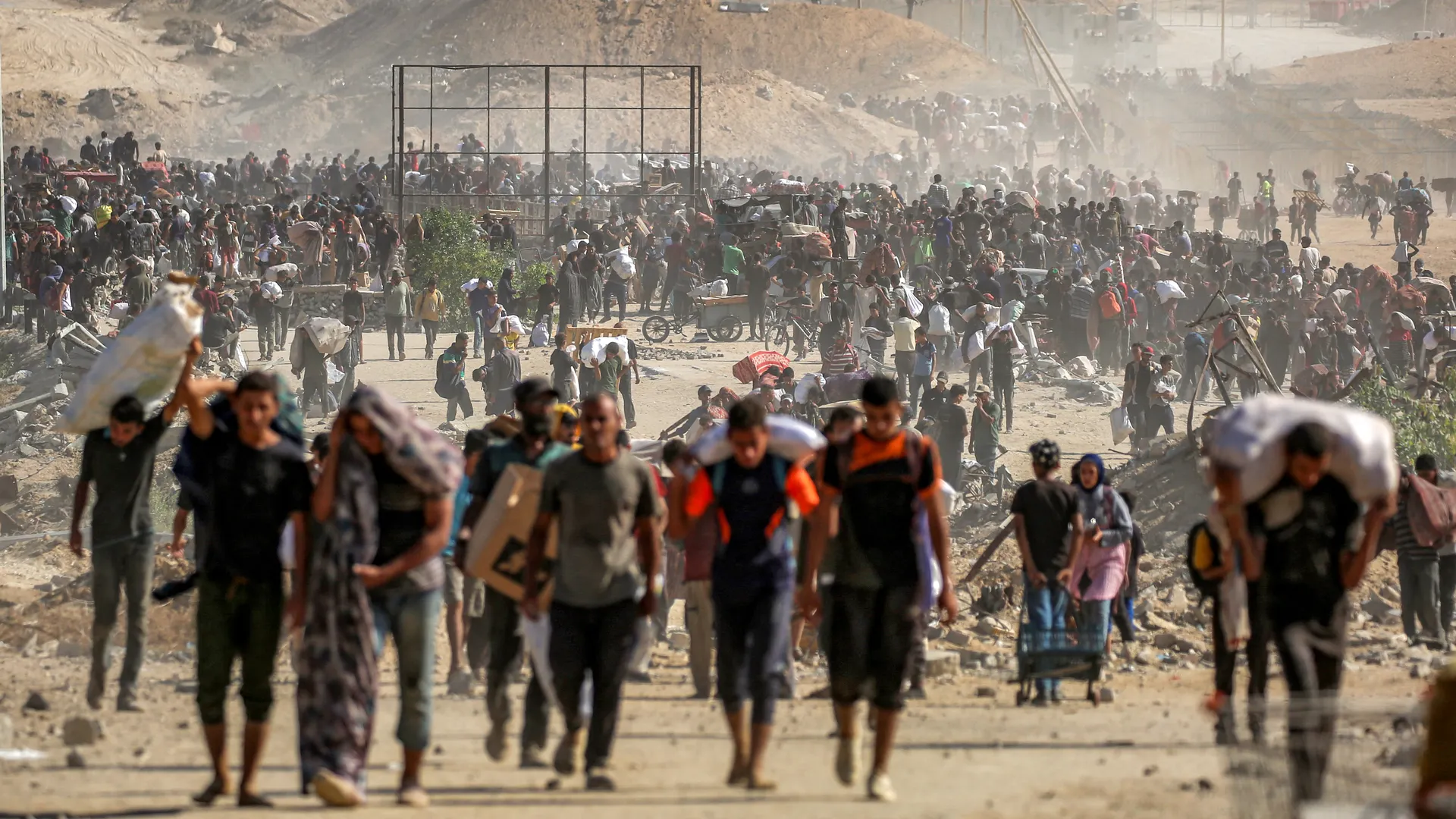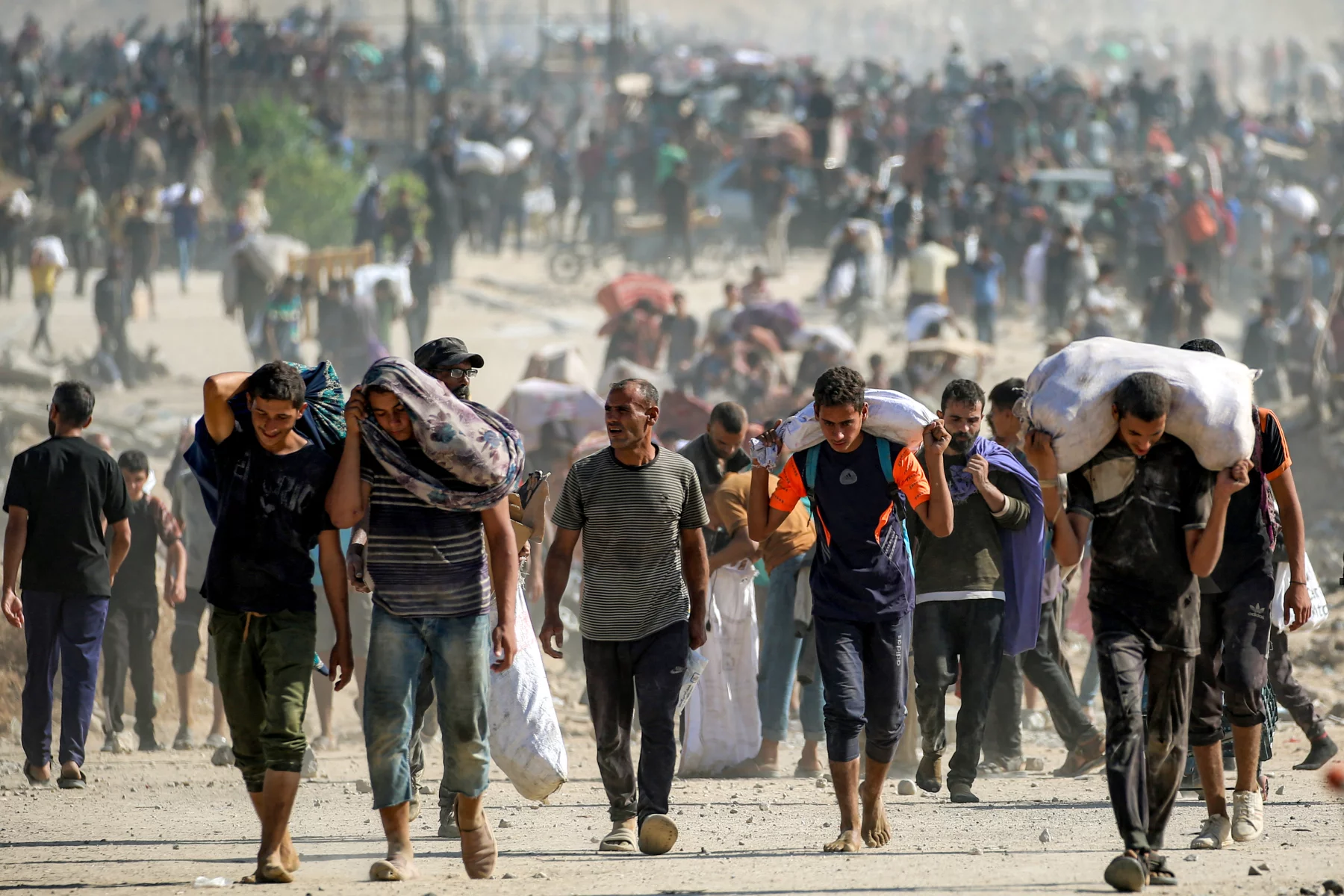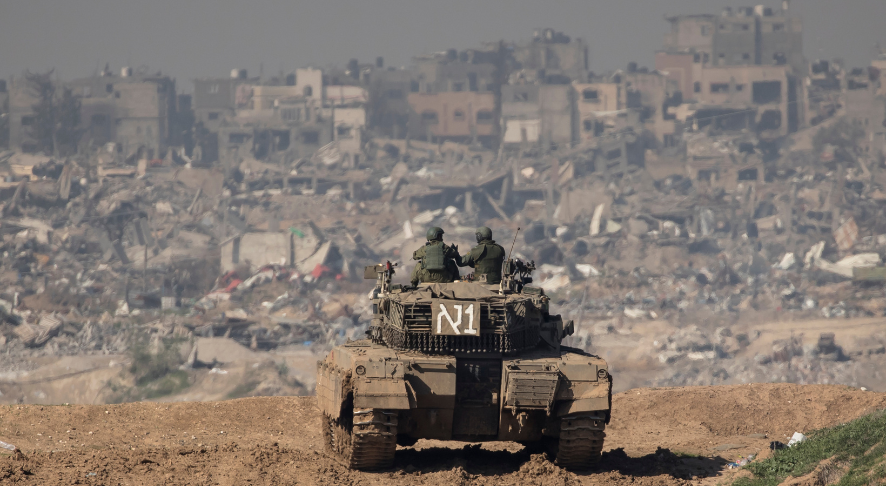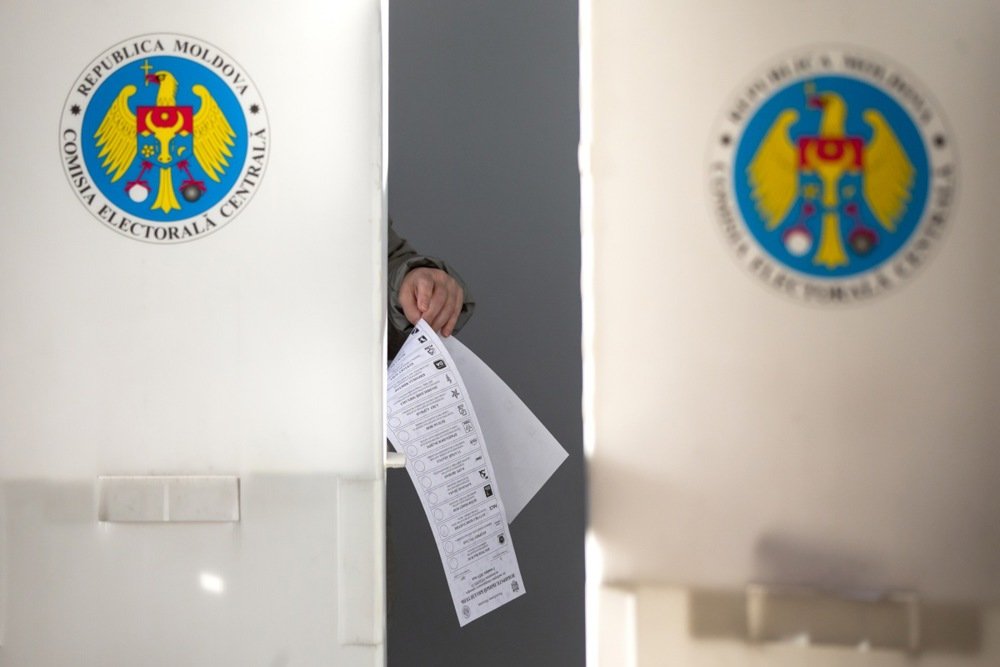European Centre for Strategic Studies and Policy (ECSAP)
Executive Summary
After nearly two years of war in Gaza, the conflict has entered a critical juncture with a new U.S. plan proposed under Trump’s leadership. The plan combines a ceasefire, prisoner/hostage exchange, transitional governance arrangements in Gaza, and conditions for disarmament of Hamas. As of early October 2025, Hamas has publicly accepted parts of the plan—particularly releasing all hostages and agreeing to a transitional administrative structure—while reserving its position on disarmament. Trump has urged Israel to “halt bombing immediately” and issued a deadline for acceptance of his 20–21 point framework. Indicators suggest an intensification of negotiations via Egyptian and Qatari mediation. Yet major gaps remain around the future of weaponry, Israeli military presence, and controversial proposals for “relocation” or “safe zones.” Our recommendations: support a conditional, gradual ceasefire underpinned by robust multilateral guarantees, link relief and reconstruction to independent oversight, and avoid coercive arrangements that risk reigniting violence or violating international law.
Conflict Background & Humanitarian Indicators
- The current war phase began on 7 October 2023 with Hamas’s cross-border attack, followed by a large-scale Israeli response. Approximately 1,200 people were killed inside Israel and 251 hostages taken. As of October 2025, media estimates suggest around 48 hostages remain (with claims that ~20 may still be alive), and Palestinian fatalities in Gaza have surpassed 66,000.
- UN bodies and human rights organizations have documented serious violations. A September 2025 international investigative panel characterized some acts as possibly amounting to genocide, citing deliberate attacks on civilians and civilian infrastructure (hospitals, relief convoys, so-called “safe zones”). These legal characterizations are contested and require further judicial review, but they significantly raise the political and legal stakes of continued war.
The “Trump Plan” as Publicly Formulated
- Ceasefire + full prisoner/hostage exchange.
- Transitional administration of Gaza via technocratic Palestinian bodies or supervised by an international trustee, paired with a phased Israeli withdrawal.
- Disarmament of Hamas (surrender of heavy weapons) as a condition to sustain the arrangement.
- Rapid reconstruction and finance, with controversial ideas floated around relocation, “Riviera-style” development, and “safe zones”—ideas met with sharp criticism, later softened or rephrased in public statements.
Current Positions of Key Actors
- Hamas: Has agreed to hostages’ release and transitional governance, but withheld commitment to full disarmament.
- Israel: Signals willingness to begin the first phases (hostage exchange, limited withdrawal) but continues military operations until security guarantees are clear. Reports suggest indirect talks in Sharm El-Sheikh.
- United States (Trump Administration): Pressing urgency via timelines and channeling leverage through mediators (Qatar, Egypt).
- Mediators & International Community: Anxious but cautious support in Europe, UN, and Arab states—willing to endorse any progress that respects international law, and wary of coercive “relocation” schemes.
Implementation Gaps & Risks
- Disarmament & Security Guarantees
The core challenge. Any mechanism for “collection, oversight, or neutralization of weapons” requires an impartial verification regime, a credible enforcement mechanism, and realistic timelines. Without it, the cycle of violence may resume. - Israeli Presence & Withdrawal
The pace and geometry of Israeli pullbacks, and whether “buffer zones” persist, will determine whether Gaza remains under effective occupation in practice, jeopardizing legitimacy. - Transitional Governance & Local Legitimacy
A technocratic or trustee-administered Gaza will lack political legitimacy unless local stakeholders (factions, civil society, population) are integrated, with a clear path toward elections and inclusion. - Humanitarian Relief & Reconstruction
Ceasefire is moot without sustained, large-scale, monitored humanitarian access, removal of rubble, demining, and reestablishment of utilities. Proposals for “forced relocation” or permanent resettlement outside Gaza provoke legal, moral, and political backlash. - Funding, Oversight & Corruption
Past post-conflict efforts teach that mismanagement or lack of accountability may delegitimize reconstruction and provoke renewed tensions.
Six-Month Scenarios
Scenario A — Gradual Ceasefire Leading Toward Enduring Truce
- Path: Rapid hostage exchanges, limited bombardments ceased, phased Israeli withdrawals, activation of a transitional authority, disarmament verification.
- Drivers: U.S. pressure, war fatigue, international legal risk, humanitarian urgency.
- Risks: Loss of trust if first breach occurs, stalling on disarmament, internal dissent.
- Outcome: A prolonged “cold peace,” allowing reconstruction and cautious return of displaced persons.
Scenario B — Stalled Negotiations, Return to Sporadic Conflict
- Path: Impasse over disarmament or Israeli presence, incomplete exchanges, limited pauses, resumed strikes.
- Drivers: Intractable gaps, internal spoilers, security incident triggers.
- Risks: Further civilian harm, regional escalation, diminishing diplomatic space.
Scenario C — Comprehensive Ceasefire Linked to Broader Political Process
- Path: A sweeping deal tying Gaza’s governance reform, integration into Palestinian polity, and elections.
- Requirements: Unprecedented diplomatic consensus, mutual concessions, broad backing from regional actors.
- Outcome: Low-probability but highest stability potential.
Policy Appraisal of the Trump Plan
Strengths
- Frames the hostage issue and ceasefire as top priorities, creating momentum for swift diplomatic moves.
- Assigns clear roles for mediators and explicit U.S. backing.
- Opens the door to early reconstruction, conditioned on compliance.
Weaknesses & Controversies
- Ambiguous or shifting language on relocation, trusteeship, or “Riviera” initiatives has eroded acceptability.
- Disarmament without a parallel political track (representation, elections, guarantees) risks being unimplementable.
- The absence of rigorous oversight for reconstruction funding is a governance blind spot.
Policy Recommendations for ECSAP & European Decision-Makers
- Back a Conditional, Phased Ceasefire with Clear Benchmarks
- Weekly transparency on violations, ceilings on force, release schedules.
- Independent, multi-actor verification and public disclosure of compliance.
- Reject Any Forced Relocation or Permanent Resettlement Outside Gaza
Reconstruction must prioritize return and rehabilitation, not depopulation. European funds should be conditioned on respect for safe, voluntary return. - Design Robust Governance Architecture for Relief & Reconstruction
- Create an accountability-governance framework with open procurement, third-party audits, public transparency, civil society participation.
- Prioritize demining, debris clearance, utilities repair, and basic services first.
- Link Ceasefire to a Broader Palestinian Political Track
- Advocate for a transitional Palestinian authority in Gaza that has legitimacy, leading toward municipal or legislative elections.
- Consider integrated security transition programs (“weapons-for-amnesty”) under third-party oversight.
- Implement Balanced Incentives and Credible Disincentives
- Incentives: conditional multi-year reconstruction funds, trade and investment facilitation, development grants.
- Disincentives: “smart” sanctions or targeted penalties for sabotage, obstruction, or violations, enforced by European partners under rule-of-law mandates.
- Manage Legal & Humanitarian Risks
- Support independent investigations into alleged violations, preserve forensic and legal evidence.
- Link European security cooperation to strict adherence to International Humanitarian Law and accountability.
Key Performance Indicators (KPIs) for Monitoring Success
- Operational / Implementation: Full release of hostages within weeks; verifiable prisoner exchanges; first Israeli withdrawals on schedule.
- Humanitarian Metrics: Volume of aid deliveries, decline in civilian injury/death rates, reopening of hospitals and essential services.
- Governance: Functioning transitional authority with published work plans, transparent reconstruction fund with audits, civil society representation.
- Security: Marked decline in rocket/fire attacks and counter-strikes, established weapon stockpiles under third-party oversight, month-on-month reduction in violations.
Conclusion
A cessation of hostilities in Gaza is possible—but far from assured. The Trump plan represents a rare opening in a long stalemate, yet its viability depends on resolving its core fault lines: genuine disarmament, the nature of Israeli withdrawal, and the legitimacy of Gaza’s interim governance. A durable outcome requires multilateral guarantees, strict accountability, and a political horizon beyond mere ceasefire. For Europe and ECSAP, the opportunity lies in positioning as the institutional architect of transparent governance, reconstruction funding with integrity, and rule-of-law oversight—while firmly rejecting any coercive designs that would dislocate or disenfranchise the Palestinian population.






